bannockburn
Member
- Joined
- Apr 24, 2007
- Messages
- 26,300
saaman
Very nice collection of single action revolvers, especially the conversion models!
Very nice collection of single action revolvers, especially the conversion models!
And now a before and after sequence.
This .44 Mag Bisley:
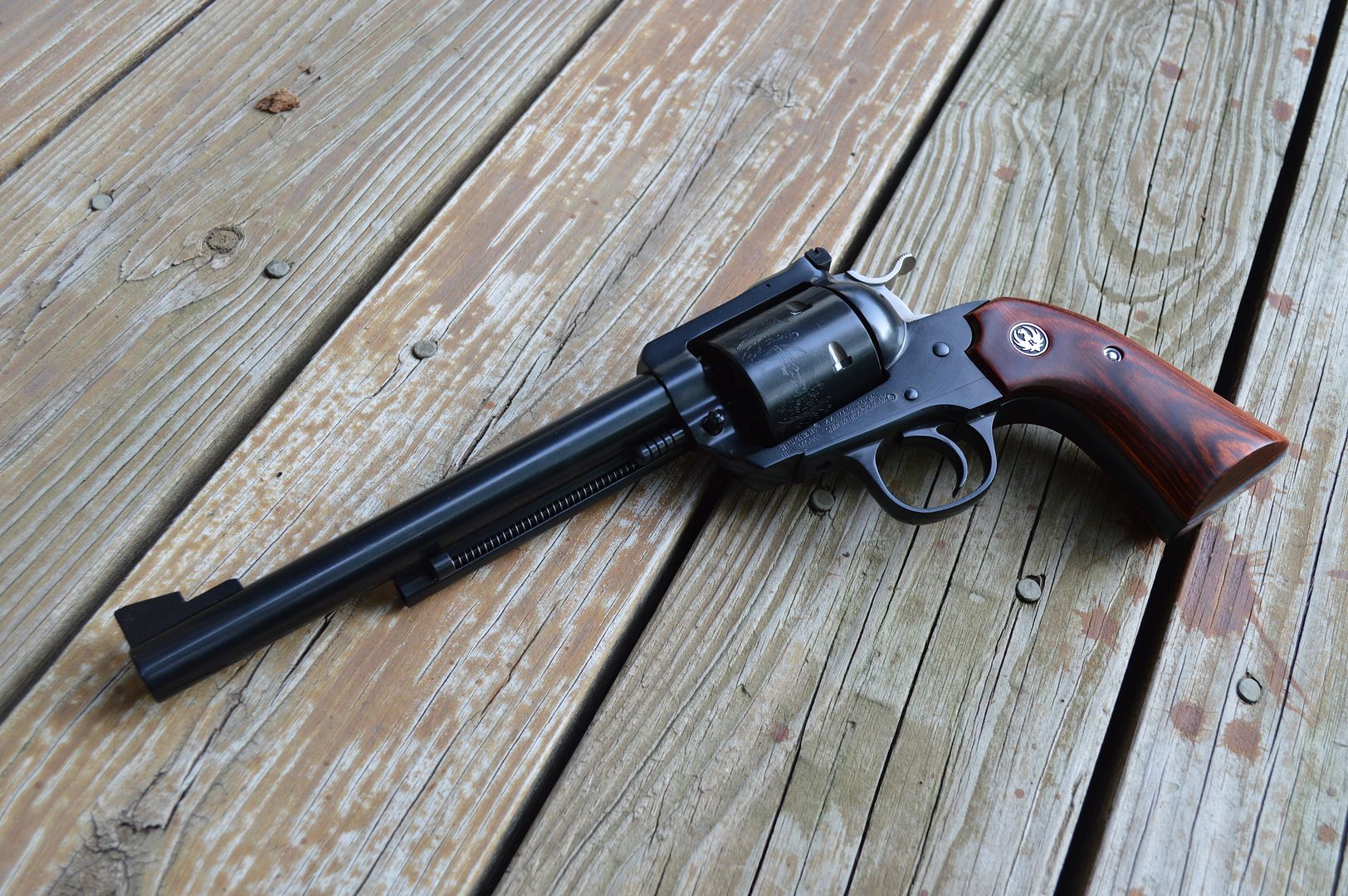
Became this:
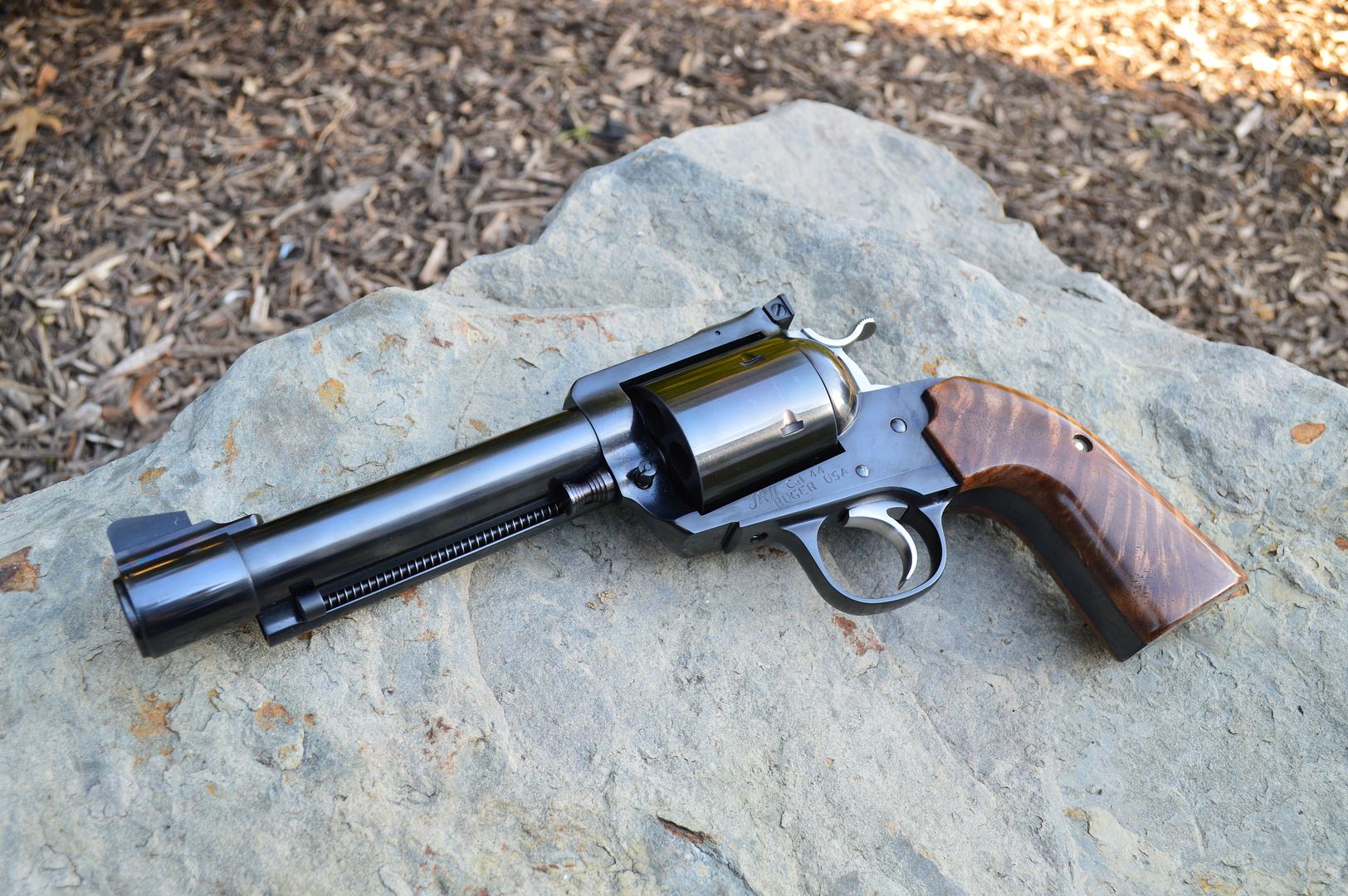
Another before and after. This .45 Colt Bisley:
Max, obviously there was some polishing going on, as well as grip replacement. Did you do the polishing or did you hire it out? In either case, well done!
Jeeze those are big bullets. Is it still a 45 Colt?
Yes, it's a .45 Colt but with an oversized six-shot cylinder. That is a .45 Colt +P+ load by Garrett featuring a 405 grain bullet. Out of that gun they run right at 1,200 fps.
I sure wouldn't want to stand in the way of one of those things.
Sounds like a slightly slow 45-70 out of a pistol. Nice, but I'd prefer you shoot it rather than me. lolYes, it's a .45 Colt but with an oversized six-shot cylinder. That is a .45 Colt +P+ load by Garrett featuring a 405 grain bullet. Out of that gun they run right at 1,200 fps.
But it was his younger brother George, a major at the time, who was credited with the name on the S&W. He improved the design by making the action opening/closing wear parts replaceable, and by doing so, received a royalty on each gun sold. His older brother at that time was in charge of army ordinance, so it's thought the army dropped the S&W contract they had for political reasons related to the royalties. Sadly, George also used one to take his own life.
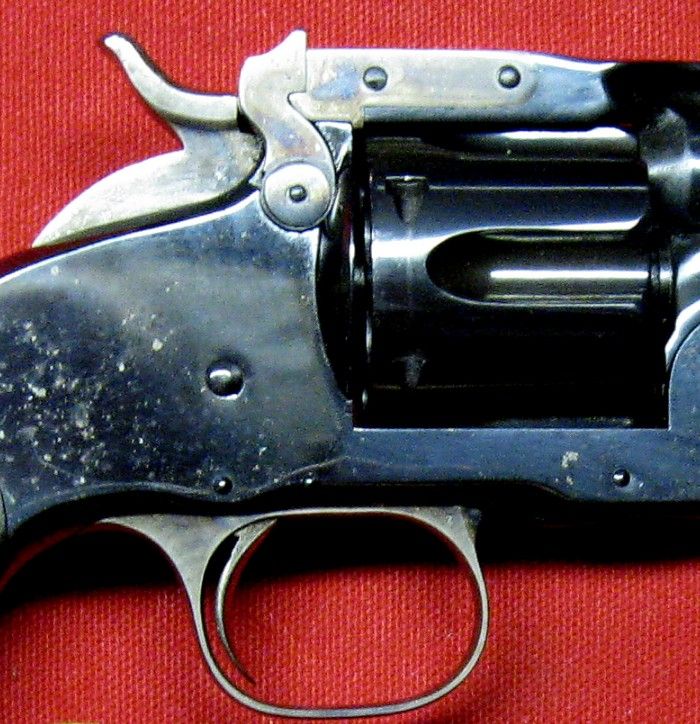
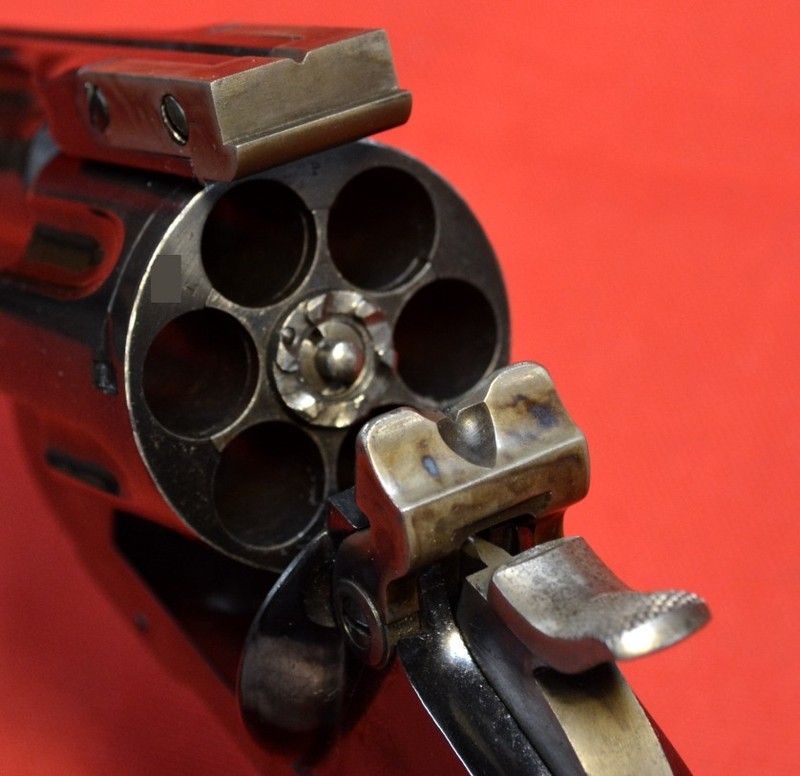
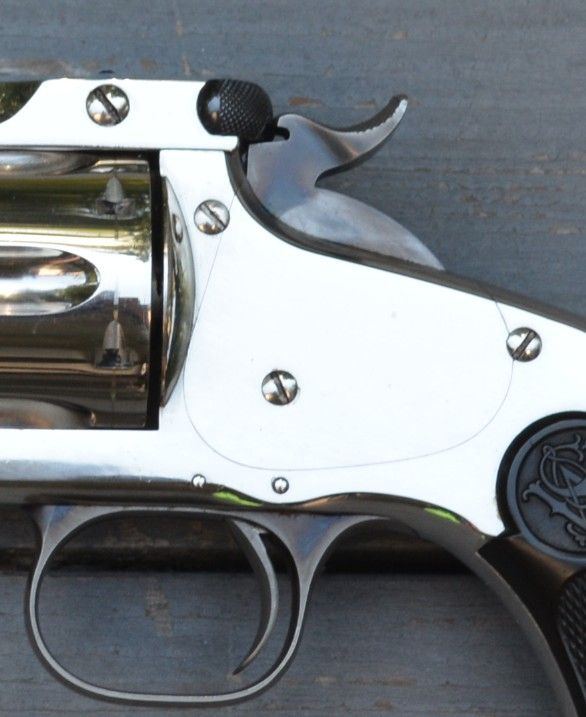
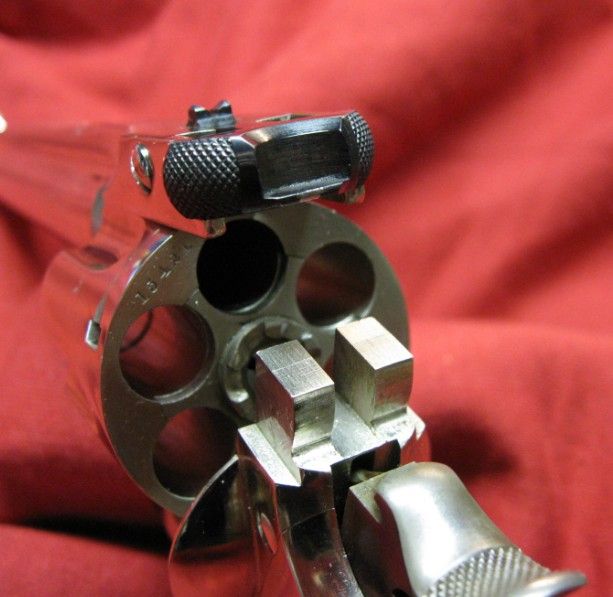
The first top-break S&W submitted to the Army Ordnance Board was the Russian model which passed firing, sanding and rust tests, but was rejected in March, 1874 for
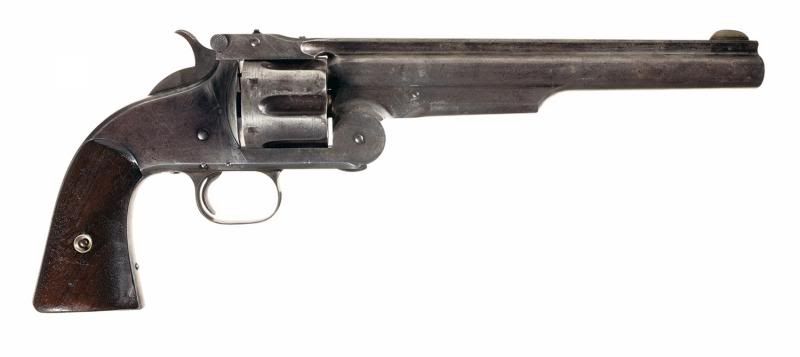
Don't own a Ruger (pretty hard core Smith guy), but borrowed a Super in .44 Mag at the range. One of the most accurate handguns I've shot. Impressive.I never thought I would like SA revolvers but I picked up a Ruger Super Blackhawk .44 magnum and I was hooked!
I reload for it and can shoot as light (or heavy) as I want. There will be more SAs in my future!
Yes, they are impressive. My first shot with mine is practically always dead center on the X (before I am reminded of the recoil), then I have to work back to that to get comfortable with it again!Don't own a Ruger (pretty hard core Smith guy), but borrowed a Super in .44 Mag at the range. One of the most accurate handguns I've shot. Impressive.
